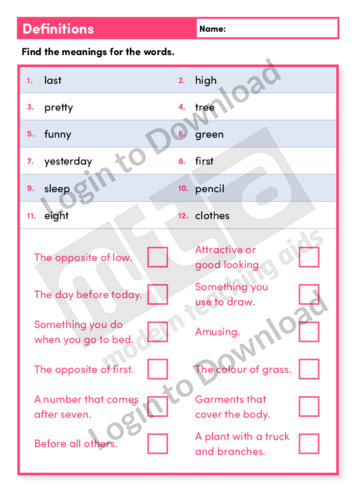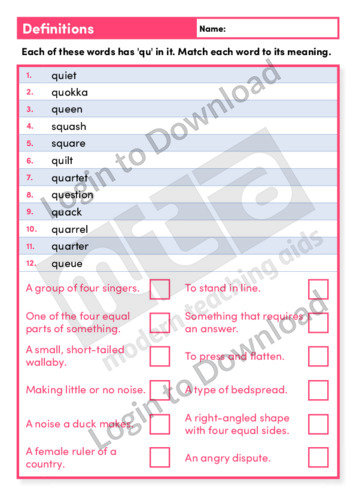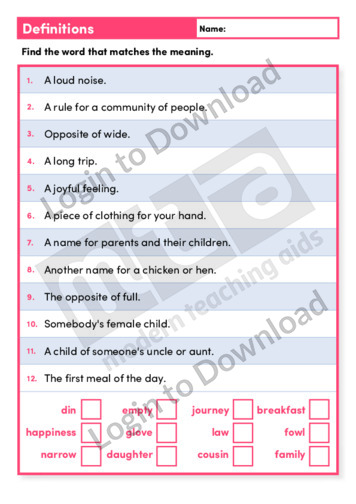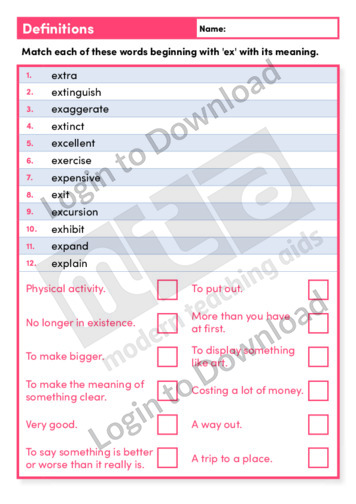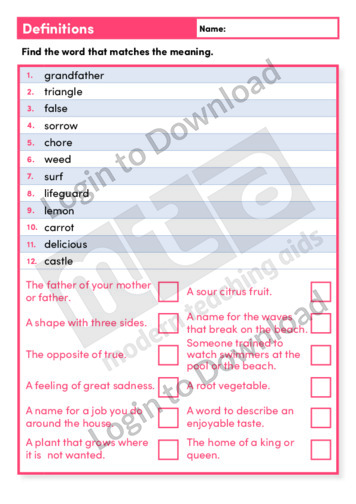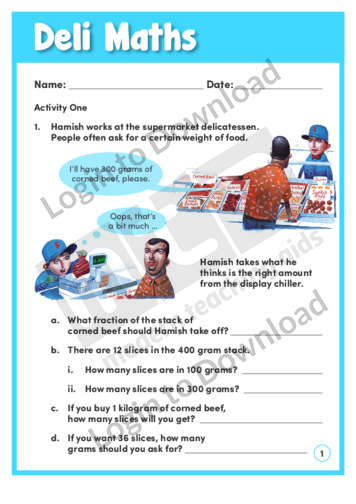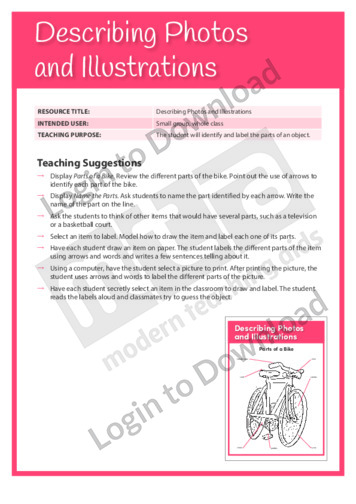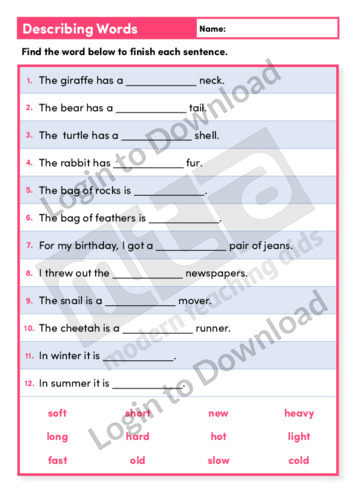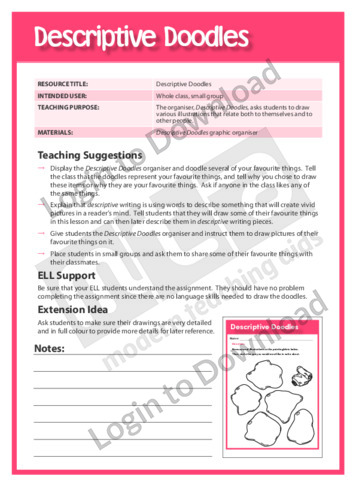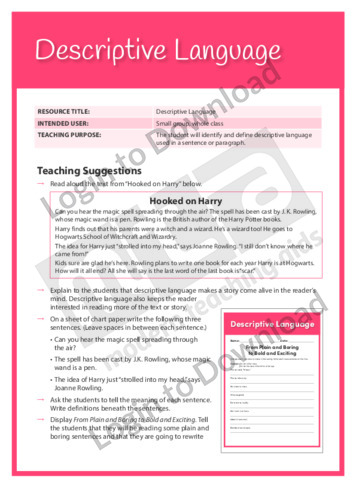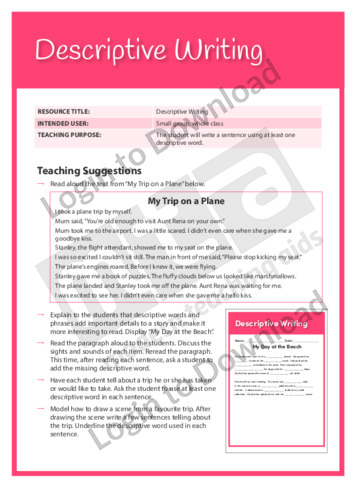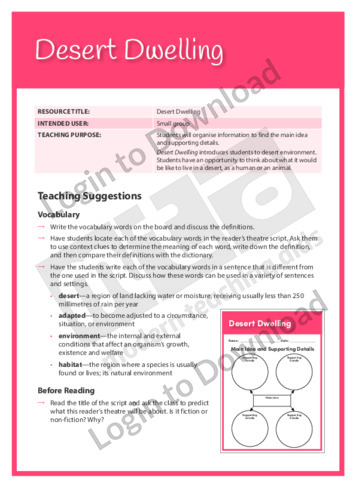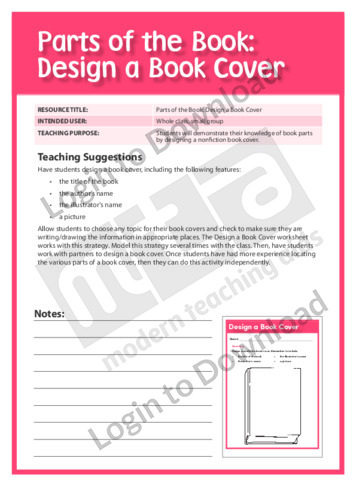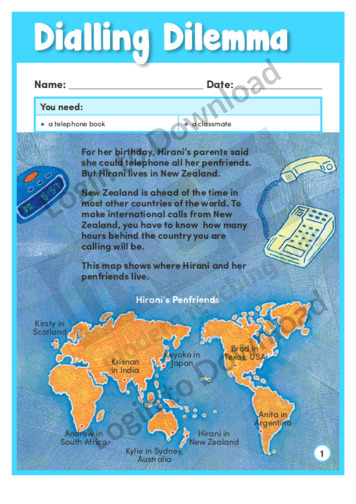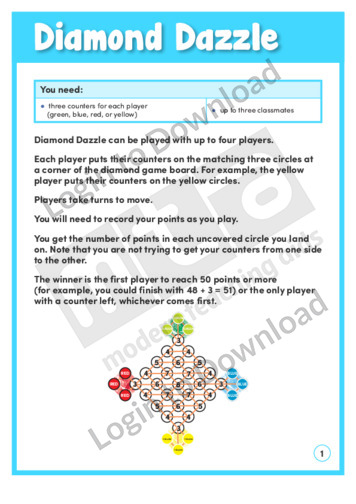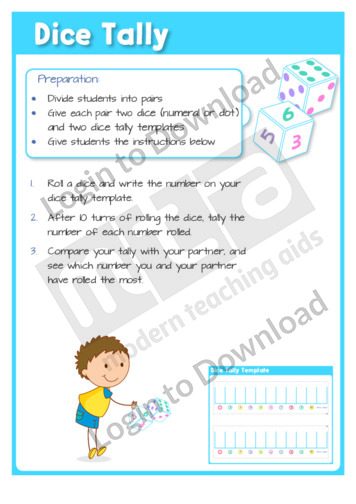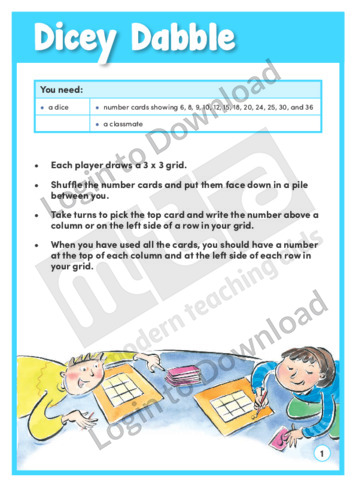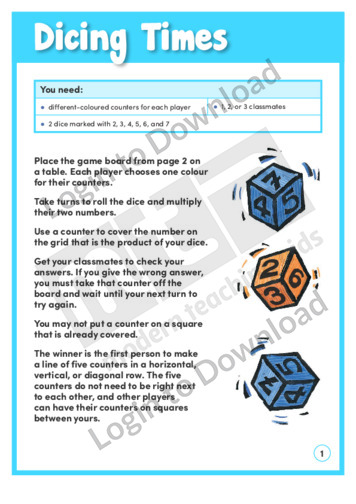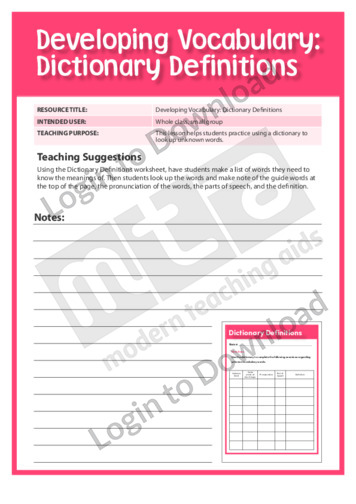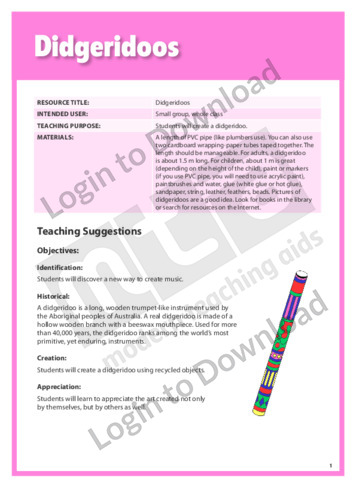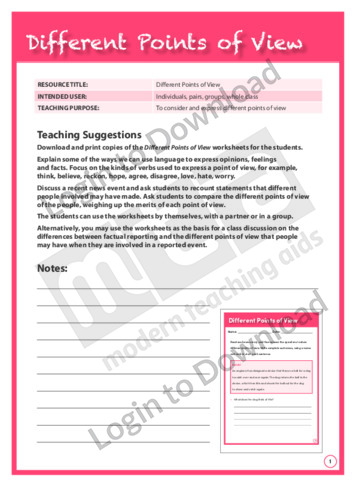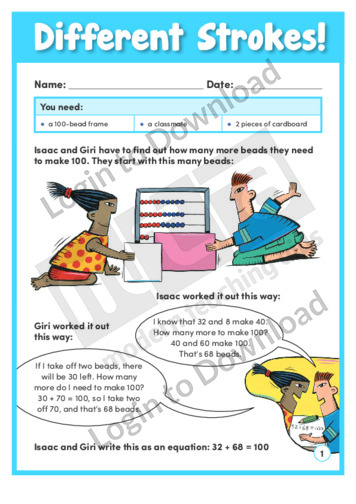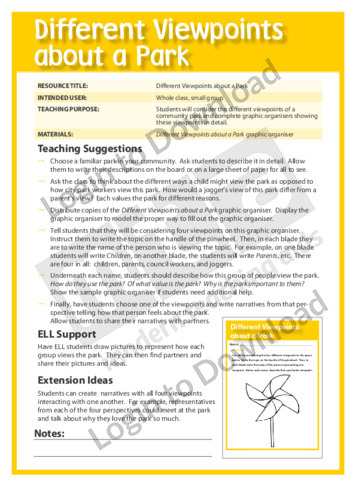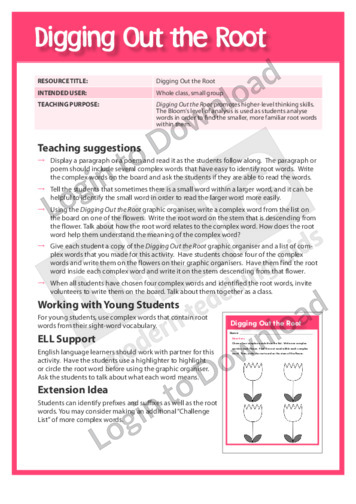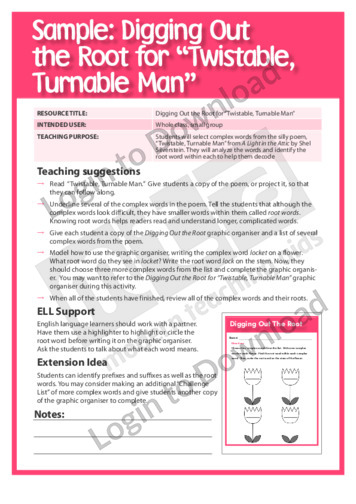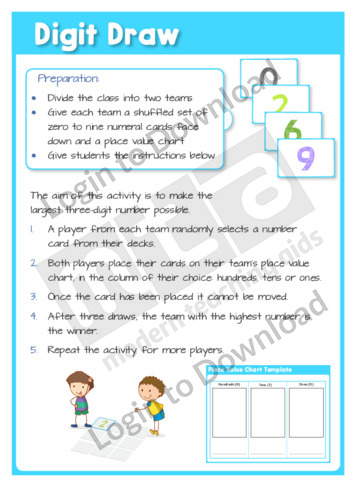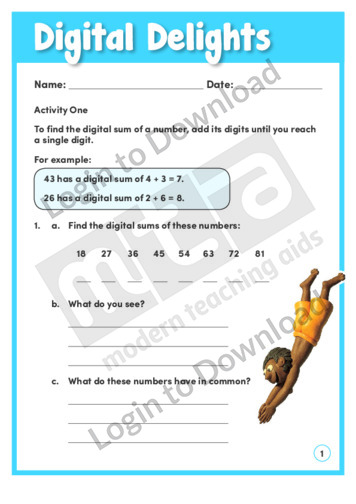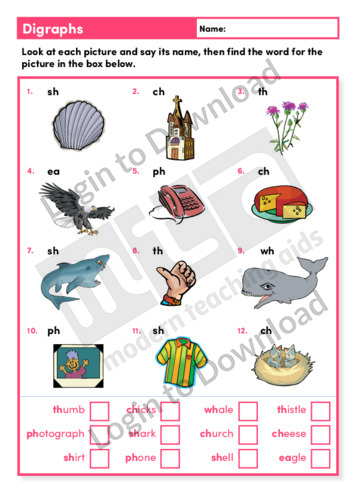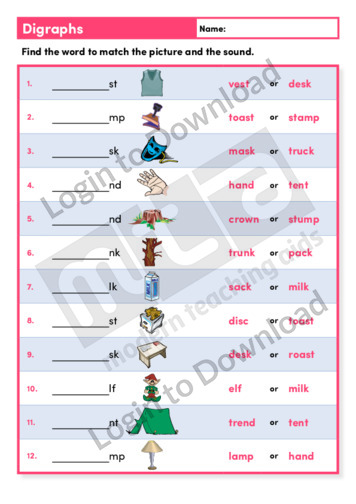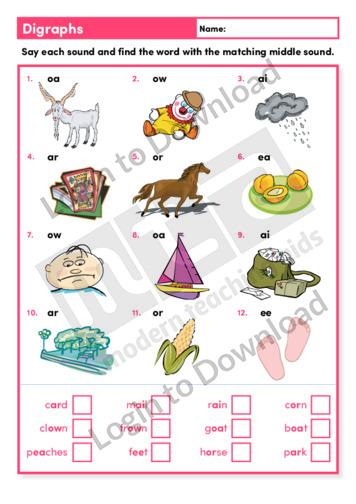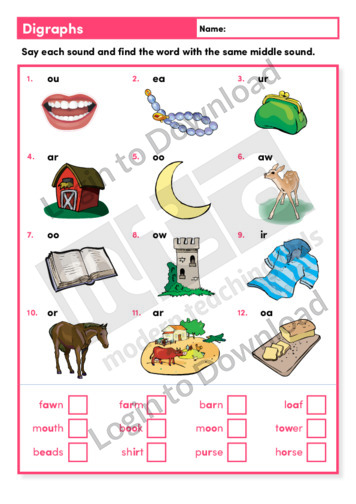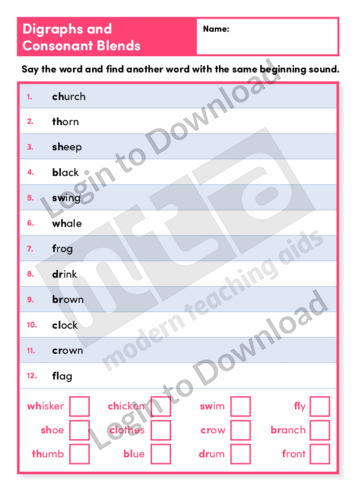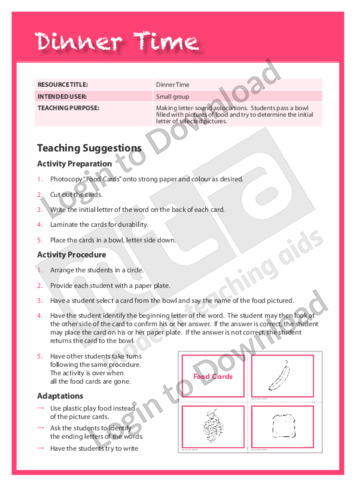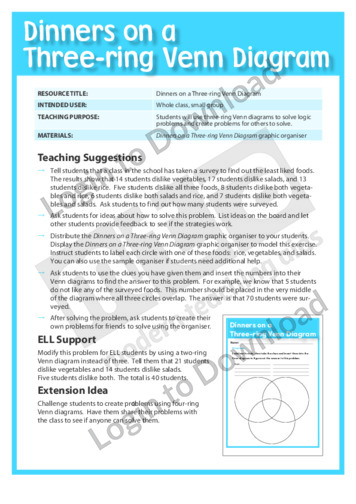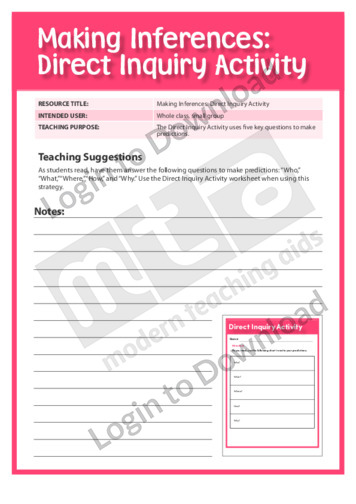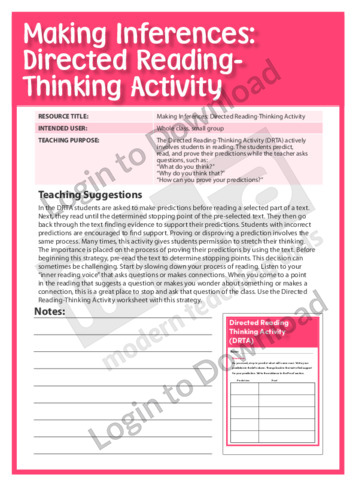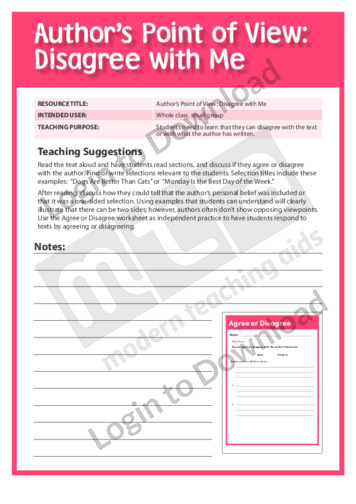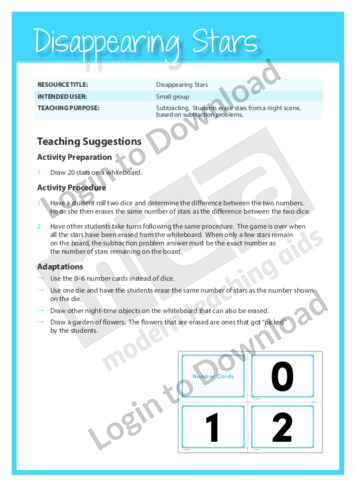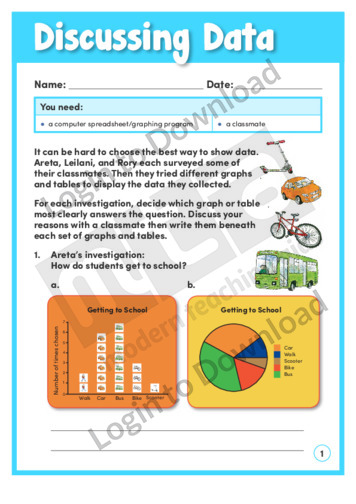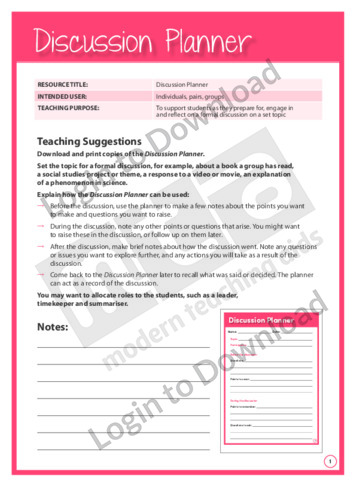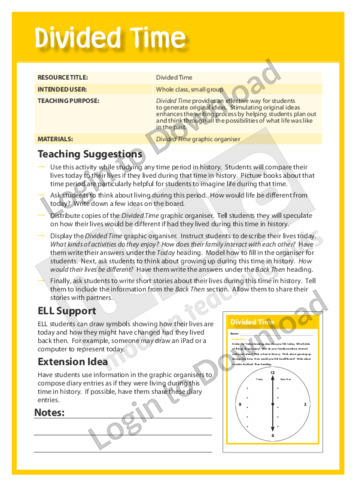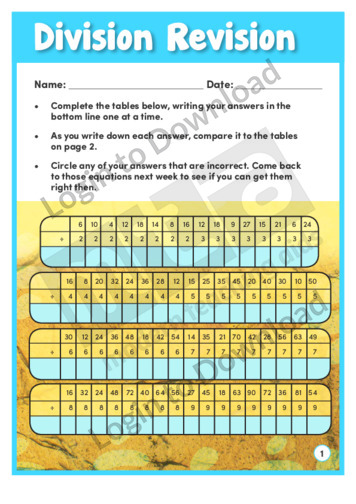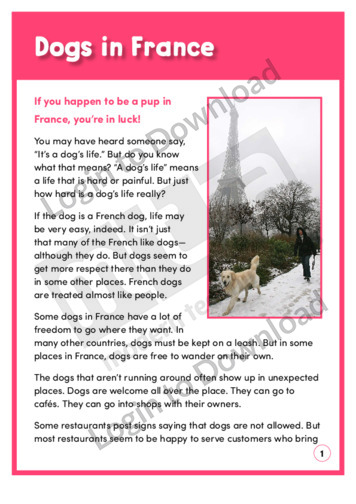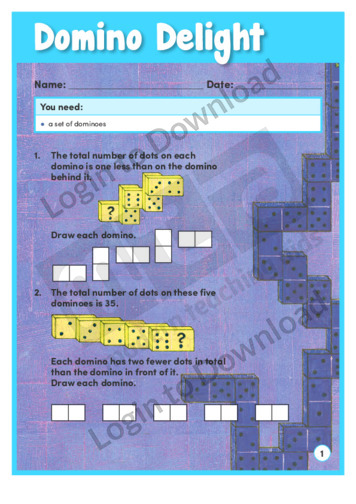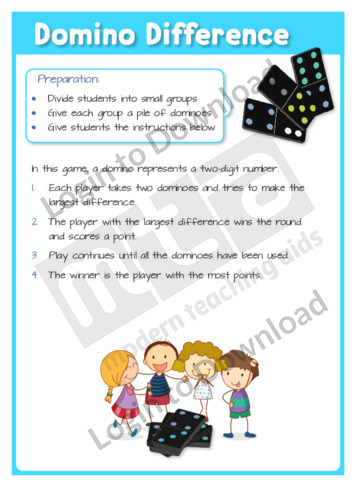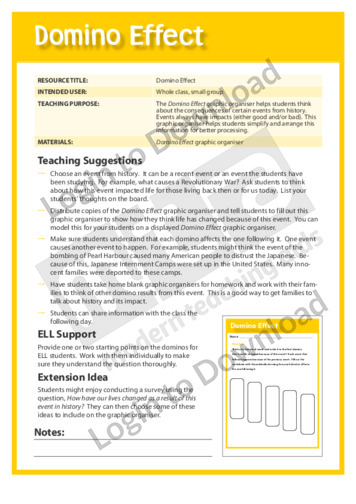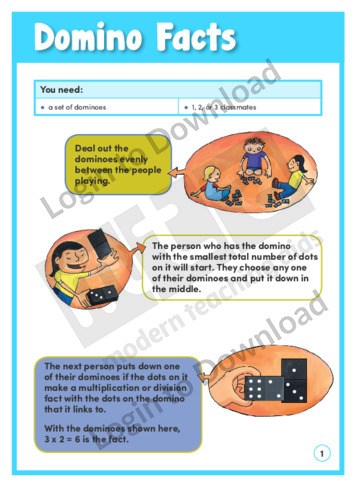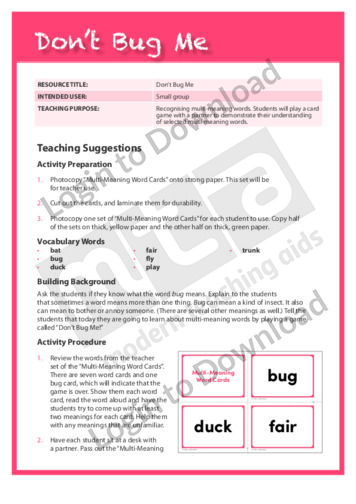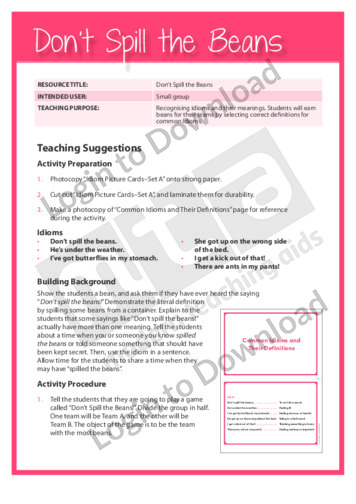This reading activity, ‘Definitions’ provides opportunities for practice with matching common words to their descriptions.
This reading activity, ‘Definitions’ provides opportunities for practice with general vocabulary definitions.
This spelling activity, ‘Definitions’ provides opportunities for practice with matching meanings to words.
This reading activity, ‘Definitions’ provides opportunities for practice with matching meanings to words.
This spelling activity, ‘Definitions’ provides opportunities for practice with matching meanings to words.
This reading activity, ‘Definitions’ provides opportunities for practice with matching the meaning to words.
The learning activity, ‘Deli Maths’ explores the way algebra is used to solve the real problems faced in a deli. As customers order different amounts of meat and other products, students will need to find ways to quickly calculate weights, slices and prices. An answer sheet is provided and includes accompanying teaching notes with suggestions …More
This Writing Traits activity, ‘Describing Photos and Illustrations’ encourages students to identify and label the parts of an object.
This vocabulary activity, ‘Describing Words’ supports vocabulary development by encouraging students to identify the appropriate adjective to complete each sentence.
This vocabulary activity, ‘Describing Words’ supports vocabulary development by encouraging students to the correct use of adjectives.
This vocabulary activity, ‘Descriptions’ supports vocabulary development by encouraging students to match the correct adjectives to the given contexts.
This graphic organiser, ‘Descriptive Doodles’ supports students in planning descriptive writing using prewriting strategies.
This graphic organiser, ‘Descriptive Doodles for the Monster Match’ supports students in planning writing using prewriting strategies by drawing ideas for silly monsters .
This Writing Traits activity, ‘Descriptive Language’ encourages students to identify and use descriptive language in a sentence.
This Writing Traits activity, ‘Descriptive Writing’ encourages students to write a sentence using descriptive words.
This Readers Theatre activity, ‘Desert Dwelling’ encourages students to organise information to identify the main idea and supporting details. It also builds reading fluency. This activity includes a script for 5 readers.
This content area reading learning activity, ‘Design a Book Cover,’ helps students demonstrate their knowledge of book parts. It is aimed at teaching students the importance of each feature of a book cover and its placement on the cover.
The learning activity, ‘Dialling Dilemma’ poses the real problems encountered when making phone calls across the world. As well as finding out about different time zones, students need to use their knowledge of time-telling and number operations to help Hirani place calls to her penfriends. An answer sheet is provided and includes accompanying teaching notes …More
The game, ‘Diamond Dazzle’ gives students practice in adding one-digit numbers to two-digit numbers. They need to be able to add their scores as they go, using mental addition strategies. The accompanying teaching notes suggest ways to support students and to vary the game.
This maths activity, ‘Dice Tally’ develops basic maths skills by encouraging students to practise identifying and tallying numbers, as part of a game played in pairs with a dice. It includes six-sided numeral and dot dice templates, and a dice tally template for students to record and tally 10 rolls of the dice.
In this learning activity, ‘Dicey Dabble’ students draw number cards to make a grid then throw dice to fill in their grid. The numbers they use must be a factor of the numbers from their cards. The game reinforces students’ understanding of factors in a fun context. An answer sheet is provided and includes accompanying …More
Are dice games fair? In this learning activity, ‘Dicey Differences’ students use repeated throws to gather and display data. They then interpret the data to evaluate the fairness of the dice game. An answer sheet is provided and includes accompanying teaching notes with suggestions for supporting learning and further exploration.
This learning activity, ‘Dicing Times’, provides a board and instructions for a game for two to four players. The game helps students to practise multiplication facts. The accompanying teaching notes include suggestions for supporting learning and further exploration.
This content area reading learning activity, ‘Dictionary Definitions,’ helps students practice using a dictionary to look up unknown words. It has students look up unknown words in a dictionary and encourages them to take note of the guide words at the top of the page, the pronunciation of the words, the parts of speech and …More
This content area reading learning activity, ‘Did I Achieve My Purpose?’ helps students identify a purpose for reading. Then, once students have finished reading, they write an explanation of whether or not their purpose was achieved.
This art project ‘Didgeridoos’ enables students to create Australian Aboriginal didgeridoos. It is aimed at developing students’ awareness of basic artistic procedures. It provides a list of materials, easy-to-follow step-by-step art instructions and a recommended art book.
This oral language activity, ‘Different Points of View’ supports language development by encouraging students to consider and express different points of view. Students will compare different points of view of different people, weighing up the merits of each point of view.
This learning activity, ‘Different Strokes!’, suggests using a 100-bead frame to explore groupings within 100. Addition and subtraction problems are presented together to highlight their relationship. An answer sheet is provided and includes teaching notes with suggestions for supporting learning and further exploration.
This learning activity, ‘Different Viewpoints’, asks students to make buildings out of multilink cubes and then draw the buildings from different perspectives. Square grid paper is included. An answer sheet is provided and includes accompanying teaching notes with suggestions for supporting learning and further exploration.
This graphic organiser, ‘Different Viewpoints about a Park’ asks students to consider different viewpoints of a community park, then write a detailed narrative from one perspective.
This graphic organiser, ‘Digging Out the Root’ asks students to analyse words in order to find the smaller, more familiar root words within them.
This graphic organiser, ‘Digging Out the Root for The Twistable Turnable Man’ asks students to analyse complex words from the poem, Twistable, Turnable Man from A Light in the Attic by Shel Silverstein, then identify the root word within each to help them decode the meaning.
This maths activity, ‘Digit Draw’ develops basic maths skills by encouraging students to practise place value using three-digit numbers in a competitive game played in teams. It includes a place value chart and number cards from 1-9 to be distributed to each team.
Using digit number cards from a copymaster, students use this learning activity, ‘Digit Time’ to increase their understanding of how place value operates. An answer sheet is provided and includes accompanying teaching notes with suggestions for supporting learning and further exploration.
This learning activity, ‘Digital Delights’ introduces students to the concept of a digital number: the number formed by adding digits. While they practise addition skills, students can also explore the number patterns made in this way. An answer sheet is provided and includes accompanying teaching notes with suggestions for supporting learning and further exploration.
This phonics activity, ‘Digraphs’ encourages students to look at each picture and say its name then find the word for the picture in the box below.
This phonics activity, ‘Diagraphs’ encourages students to find the word to match the picture and the sound.
This phonics activity, ‘Diagraphs’ encourages students to say each sound and find the word with the matching middle sound.
This phonics activity, ‘Diagraphs’ encourages students to say each sound and find the word with the same middle sound.
This phonics activity, ‘Digraphs and Consonant Blends’ encourages students to say the word and find another word with the same beginning sound.
This reading activity, ‘Dinner Time’ supports reading development by encouraging students to pass a bowl filled with pictures of food and then try to determine the initial letter of selected pictures. It is aimed at developing students’ awareness of letter-sound associations. It provides food picture cards.
This graphic organiser, ‘Dinners on a Three-Ring Venn’ asks students to use a three-ring Venn diagram to solve logic problems and create problems for others to solve.
This graphic organiser, ‘Dinosaur Attributes’ helps students create a new dinosaur based on the facts that they know about dinosaurs, then write a story about their dinosaur.
This content area reading learning activity, ‘Direct Inquiry Activity,’ helps students make predictions by answering five key questions. It is aimed at enhancing students’ comprehension by having them answer the questions ‘Who,’ ‘What,’ ‘Where,’ ‘How’ and ‘Why’ during reading.
This content area reading learning activity, ‘Directed Reading-Thinking Activity,’ helps students to make inferences while reading a text. It actively involves students in reading by having them predict, read and prove their predictions while the teacher asks questions.
This content area reading learning activity, ‘Disagree with Me,’ teaches students that they can disagree with the text or with what the author has written. It is aimed at helping students to become critical readers and to understand that authors often don’t show opposing viewpoints.
This maths activity, ‘Disappearing Stars’ develops basic maths skills by encouraging students to subtract stars from a night scene based on subtraction problems. It is aimed at developing students’ knowledge of subtracting. It provides number cards.
This oral language activity, ‘Discussion Planner’ supports language development by encouraging students to prepare for, engage in and reflect on a formal discussion on a set topic. The planner can be used to note points or questions before, during or after the discussion.
This graphic organiser, ‘Divided Time’ helps students generate original ideas and enhance their historical writing.
This learning activity, ‘Division Revision’, provides a self-tester for reviewing division facts. Students complete tables of equations, checking each answer as they proceed. The accompanying teaching notes include suggestions for supporting learning and further exploration.
This reading activity, ‘Doggie, Doggie’ supports reading development by encouraging students to match uppercase letters on dog-bone cards to lowercase letters on dog-bowl cards. It is aimed at developing students’ awareness of letter identification. It provides dog bone cards and dog bowl cards.
This content area reading activity, ‘Dogs in France’ is an English based reading comprehension exercise encouraging students to learn how to use generalisations.
Domino Delight’ poses problems for students, using patterns of dominoes. Students need to consider both possibilities and constraints as they work out the unknown numbers on covered dominoes and the possible numbers on a domino doughnut. An answer sheet is provided and includes accompanying teaching notes with suggestions for supporting learning and further exploration.
This maths activity, ‘Domino Difference’ develops basic maths skills by encouraging students to practise subtraction, as part of a game played in small groups with dominoes.
This graphic organiser, ‘Domino Effect’ helps students think about the consequences and impact of certain events from history.
This learning activity, ‘Domino Facts’, provides instructions for a domino game for two to four players. The game helps to reinforce basic multiplication and division facts. The accompanying teaching notes include suggestions for supporting learning and further exploration.
This vocabulary development activity, ‘Don’t Bug Me’ supports vocabulary development by encouraging students to play a card game to demonstrate their understanding of selected multi-meaning words. It is aimed at helping students recognise multi-meaning words. It provides multi-meaning word cards, a book page template and blank flip cards.
This vocabulary development activity, ‘Don’t Spill the Beans’ supports vocabulary development by encouraging students to play an activity in which they earn beans by selecting the correct definitions for common idioms. It is aimed at helping students recognise idioms and their meanings. It provides common idioms and their definitions, idiom picture cards and an idiom …More
It�s that easy!

